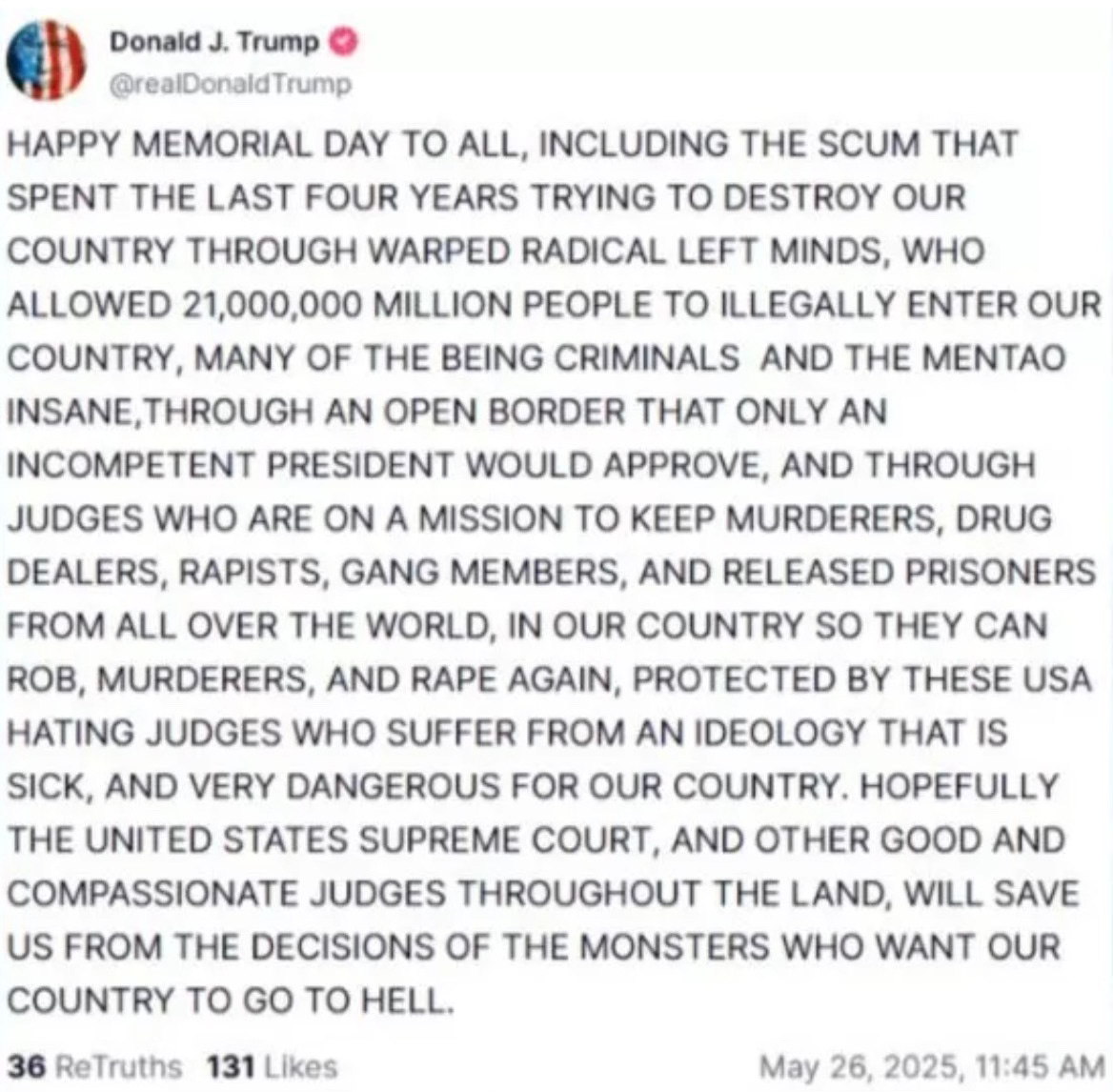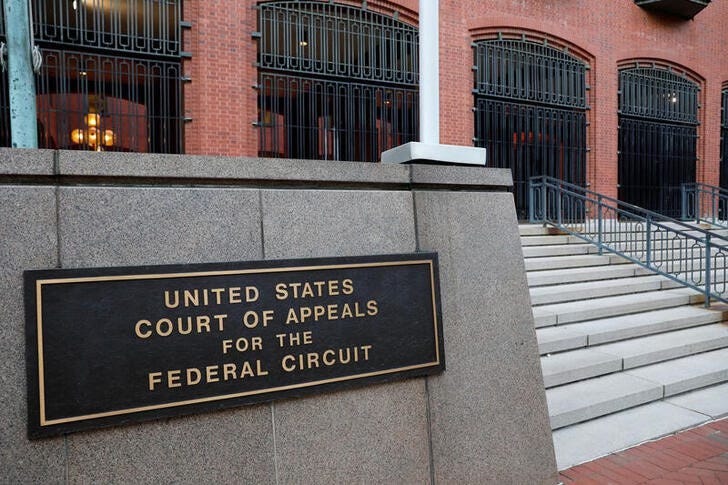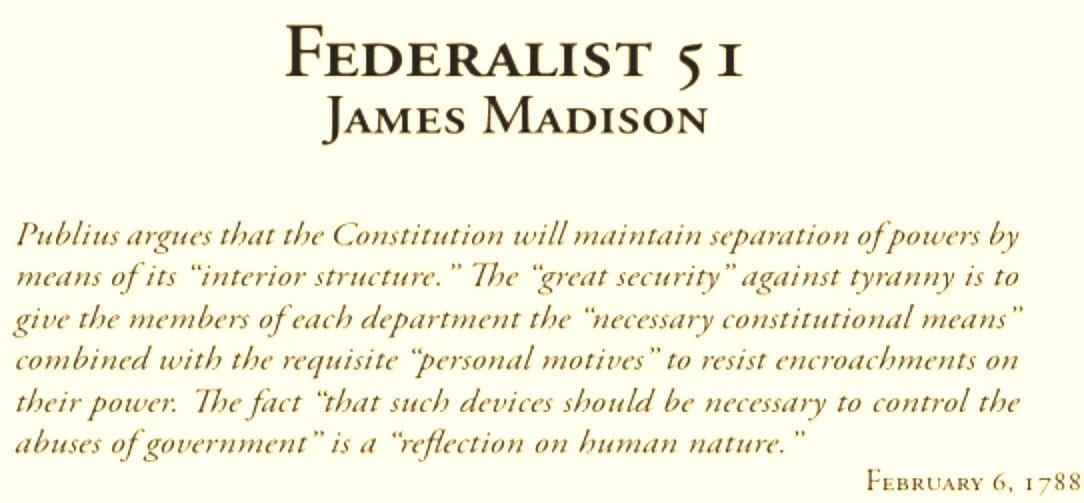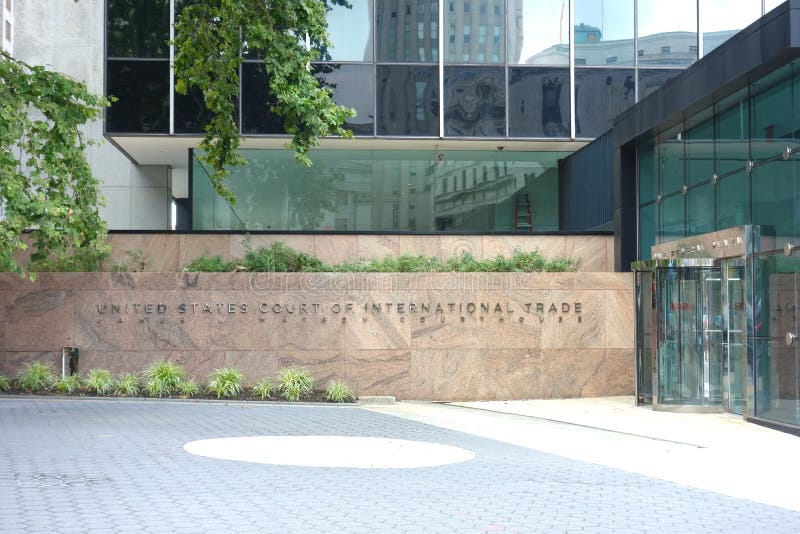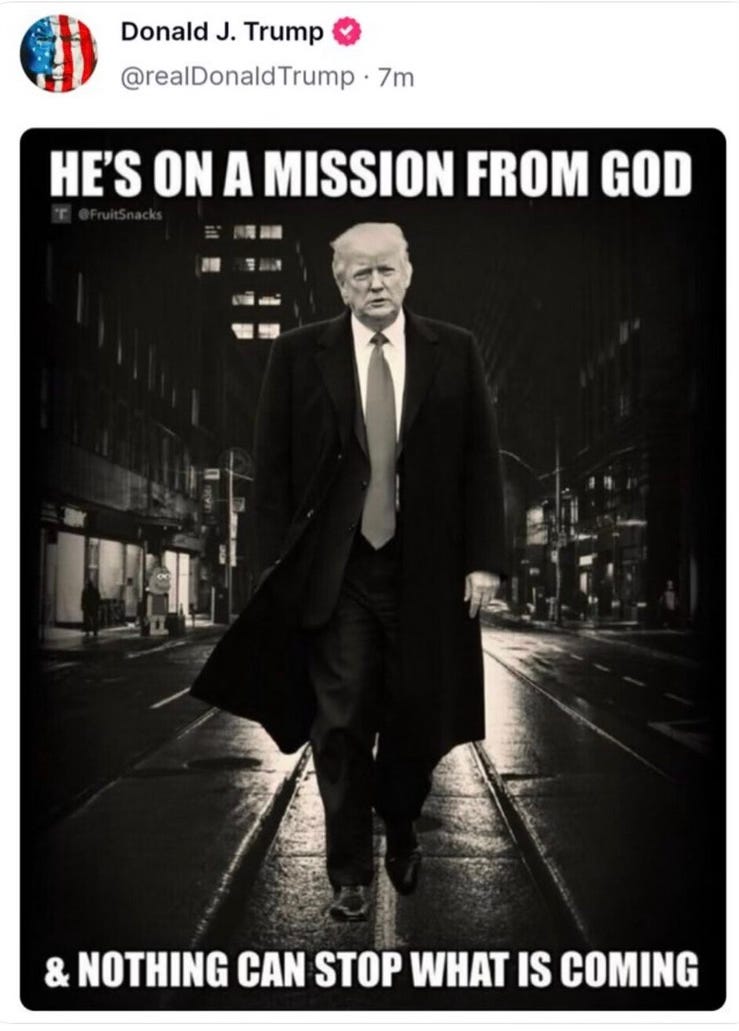UPDATE: Trump’s Tariff Authority
Despite Court Rulings, Trump Still Has Many Tariff Avenues Available
UPDATE: June 3, 2025
In this space, I have discussed the legal mechanisms that authorize tariffs on foreign goods. As we have seen, the U.S. Constitution gives Congress, not the president, authority to set tariffs. It is not that simple, however.
As it did with the Section 232 of the Trade Expansion Act of 1962 and the 1977 International Economic Emergency Powers Act (IEEPA) discussed below, Congress can delegate that tariff authority to the president.
After the Court of International Trade determined that the IEEPA didn’t authorize the imposition of tariffs, Trump immediately increased tariffs on imported steel and aluminum to 50% under the authority of Section 232.
As below, those Section 232 tariffs will be litigated separately from the IEEPA, and the Trump Administration will likely have an easier time defending them.
Today, I cite several other laws which Congress has created which delegate their constitutional tariff authority to the president.
Section 301
Section 301 of the Trade Act of 1974 gives the US Trade Representative (USTR) the authority to investigate foreign trade practices that violate trade agreements or disadvantage US commerce.
This authority has been used most often to protect the intellectual property of American corporations, especially piracy of movies and music.
Section 122
Section 122 of the Trade Act of 1974 gives the president the authority to deal with “large and serious” balance-of-payments deficits through imposing temporary import tariffs up to 15%. If such duties are insufficient, the president may also use import quotas. These measures can remain in place for 150 days, unless extended by Congress.
Actions taken under this authority must be applied in a non-discriminatory manner and should aim to maintain the existing distribution of trade. However, the president can target specific countries by exempting one or more countries that are not of concern, specifically those that do not have large or persistent balance-of-payments surpluses with the United States.
There is no investigation requirement as with Section 301, and President Trump may simply announce a 15% tariff and Congress could not act for 150 days.
Democrats have cited Section 122 as evidence of a need to take back the trade and tariff authority which has been ceded over the past century. In April they introduced the Reclaim Trade Powers Act which would, among other things, repeal Section 122.
Section 338
Although it has never been used, Section 338 of the Tariff Act of 1930 authorizes the president to impose tariffs of up to 50% on imports from countries that discriminate against the U.S. The law defines discrimination as when a trading partner's laws, import duties, regulations or other restrictions place the U.S. at a disadvantage.
These tariffs differ from Section 301 levies in that the tariff rate is capped at 50%. Additionally, no formal investigation is required.
These are just three of the laws which have delegated trade and tariff authority to the executive.
As has been amply demonstrated, the Trump Administration takes a maximalist view of executive authority and chafes against any of the structural checks and balances which hinder his ability to act when and how he pleases.
This was made clear in his Memorial Day message on Truth Social which called out “USA HATING JUDGES WHO SUFFER FROM AN IDEOLOGY THAT IS SICK, AND VERY DANGEROUS FOR OUR COUNTRY” (above).
Watch this space.
UPDATE: June 2, 2025
In a February 11, 2025 Executive Order, President Trump announced a 25% tariff on imports of foreign steel and aluminum. On Friday, May 30, he announced that figure would double to 50%.
One might reasonably ask, “how can he do that? Didn’t a federal court just rule (below) that Trump’s tariff orders “exceed any authority granted to the president . . . to regulate importation by means of tariffs?”
Excellent question, dear reader. You are quite correct.
The reason that the steel and aluminum tariffs have not been already ruled void due to lack of executive authority to impose tariffs (separation of powers, James Madison, Federalist 51 in the original post below) is because the Court of International Trade’s ruling dealt with the president’s emergency powers pursuant to the 1977 International Economic Emergency Powers Act (IEEPA).
The 50% tariffs on foreign steel and aluminum are imposed pursuant to a similar but distinct emergency authority to regulate trade, Section 232 of the Trade Expansion Act of 1962.
That law, signed by President John F. Kennedy in 1962, allows the President to impose restrictions on goods imports or enter into negotiations with trading partners if the U.S. Secretary of Commerce determines, following an investigation, that the quantity or other circumstance of those imports "threaten to impair" U.S. national security.
As of this writing there is no record of the Commerce Secretary Howard Lutnick making such a formal finding, but given his comments on Fox News yesterday such a formal determination is clearly coming. Lutnick said:
Rest assured, tariffs are not going away, [the president possesses] so many other authorities that if the court ultimately sides against the White House, Mr. Trump can still bring on another or another or another.
The Section 232 Tariffs will be challenged, most likely in the Court of International Trade as the IEEPA tariffs were.
That said, the steel and aluminum tariffs are more legally defensible for the Trump Administration.
The February 11, 2025 Executive Order reads, part:
Copper, scrap copper, and copper’s derivative products play a vital role in defense applications, infrastructure, and emerging technologies, including clean energy, electric vehicles, and advanced electronics. The United States faces significant vulnerabilities in the copper supply chain, with increasing reliance on foreign sources for mined, smelted, and refined copper.
Trump is not wrong. Reliance on foreign sources of copper and other critical goods has been growing for decades and calling that reliance a “national security threat” is not unreasonable.
Watch this space.
UPDATE May 30, 2025
Within hours of the Court of International Trade’s ruling striking down Trump’s tariffs as enacted without authority, the Trump Administration recieved a stay of enforcement.
The intermediate appellate court, the United States Court of Appeals for the Federal Circuit (above), granted the stay while it deliberates the legal merits of granting a permanent stay of enforcement of the Court of International Trade’s order to remove all of Trump’s unilateral tariffs (original post, below).
The Federal Circuit court is one of thirteen intermediate, appellate “circuit” courts that review decisions from the federal district courts. Circuit court decisons may only be overruled by the United States Supreme Court.
The Federal Circuit, like the Court of International Trade, has specialized jurisdiction and generally reviews decisions related to international trade, federal employees, and government contracts.
The Federal Circuit is fast-tracking the stay determination, ordering all briefing be concluded by June 9, 2025. After that, court will order decide whether the stay will continue.
The court is following normal procedure by preserving the status quo while it considers the legal merits of the Court of International Trade’s decision.
Its order granting a brief stay should not be considered a victory on the merits for the Trump Administration.
You can read the Federal Circuit’s brief order here.
Watch this space!
ORIGINAL POST May 29, 2025
Yesterday the Court of International Trade in New York ruled Trump’s tariff declarations illegal. Below are a few key points.
United States Court Of International Trade
First the “Court of International Trade” is a court of special jurisdiction that rules on civil actions arising out of the customs and international trade laws of the United States.
The court made its ruling in response to two cases. One was filed by a group of small businesses, the other was filed by a dozen U.S. states, led by Oregon.
Separation Of Powers
The key issue is the constitutional principle of separation of powers, or “checks and balances” between the three branches. The notion that a structural distribution of powers among the three branches prevents tyranny is a core principle, as explained by James Madison in 1788 (above).
Article I, Section 8, Clause 3 of the Constitution gives Congress, not the Executive, authority to “regulate commerce with foreign nations,” i.e., tariffs.
Trump has justified his unilateral tariff declarations by relying on the authority granted by the 1977 International Economic Emergency Powers Act (IEEPA).
The IEEPA authorizes the president to supplant Congress and “regulate international commerce after declaring a national emergency in response to any unusual and extraordinary threat to the United States which has its source in whole or substantial part outside the United States.”
Two False Claims
On April 2, President Trump declared a national emergency triggering the IEEPA based on two things: the existence of a structural international trade deficit and a false claim that fentanyl trafficking created a public health emergency.
The plaintiffs in the case before the Court of International Trade argued that the IEEPA did not give the president the power to apply tariffs.
Further, the plaintiffs argued that if the Court disagreed and held that the IEEPA did in fact grant such powers, the trade deficit did not qualify as an “unusual and extraordinary threat” (lawyers call this “arguing in the alternative”).
The Court’s Decision
The Court of International Trade’s 49 page decision issued yesterday, May 28, 2025. The court’s ruling stated that Trump’s tariff orders “exceed any authority granted to the president . . . to regulate importation by means of tariffs.”
The court issued a permanent injunction on all tariffs by the president, meaning that the order preventing tariffs is indefinite. The court gave the Trump Administration ten days to cancel its illegal tariffs.
Trump’s Response
The Trump Administration’s official response is consistent with its fundamental misunderstanding of the core principle of separation of powers. A White House Spokesperson said, “[i]t is not for unelected judges to decide how to properly address a national emergency.”
Trump’s personal response on Truth Social (above) is, of course, insane.
What’s Next
The Court of International Trade’s decision will be appealed to the United States Court of Appeals for the Federal Circuit and then — almost certainly -- the United States Supreme Court.
Watch this space.




